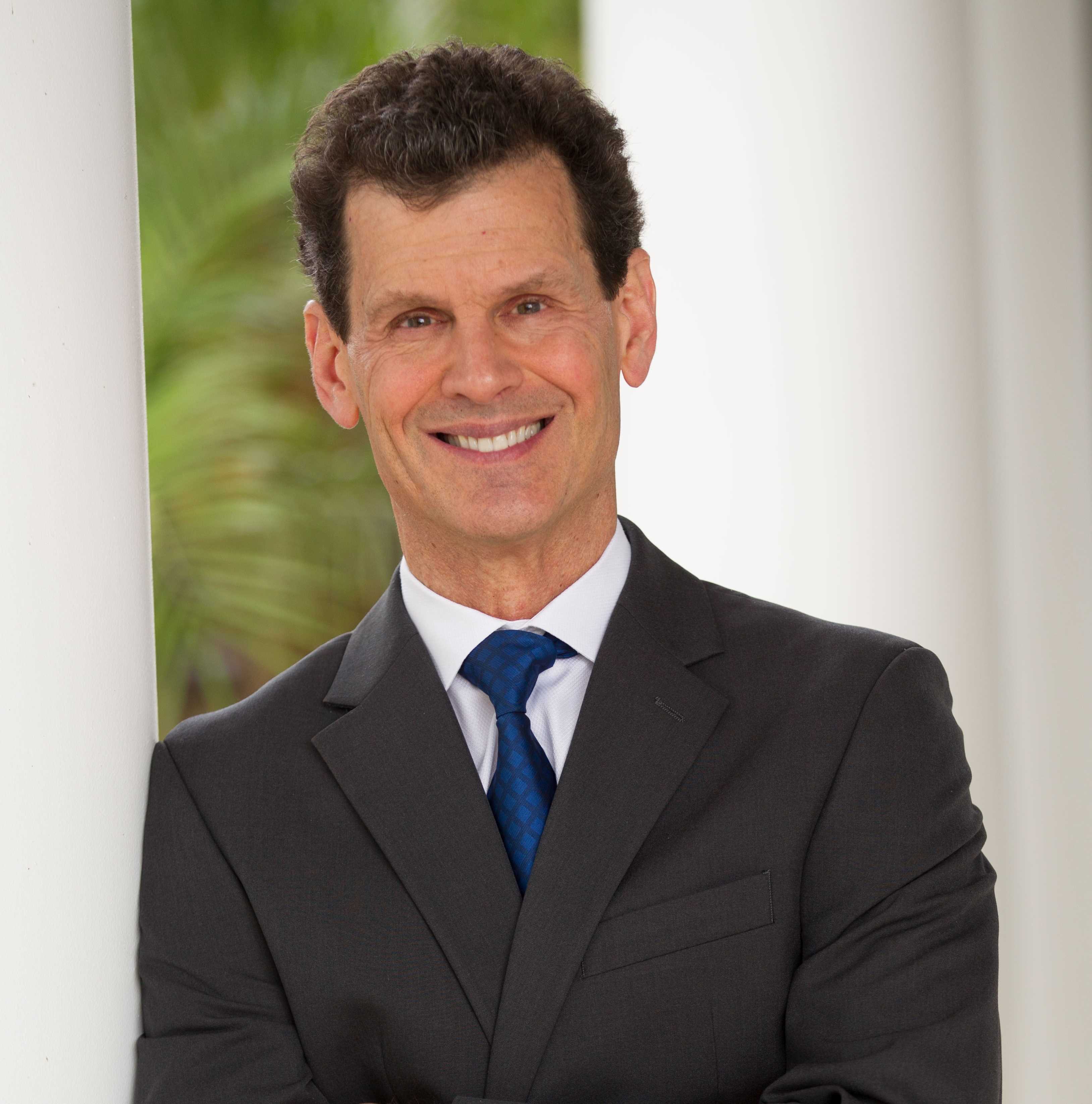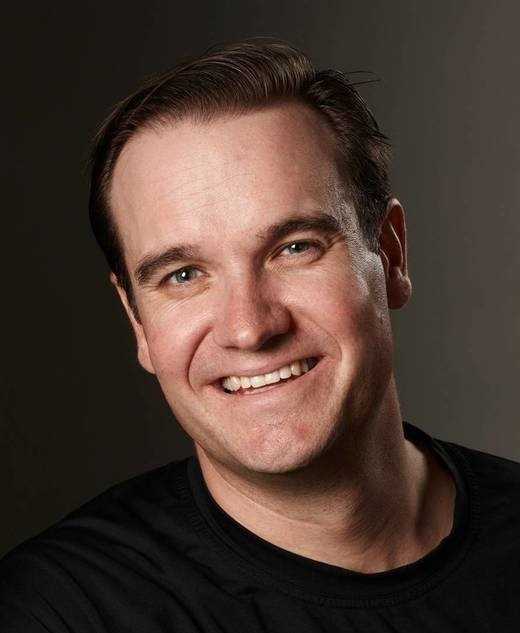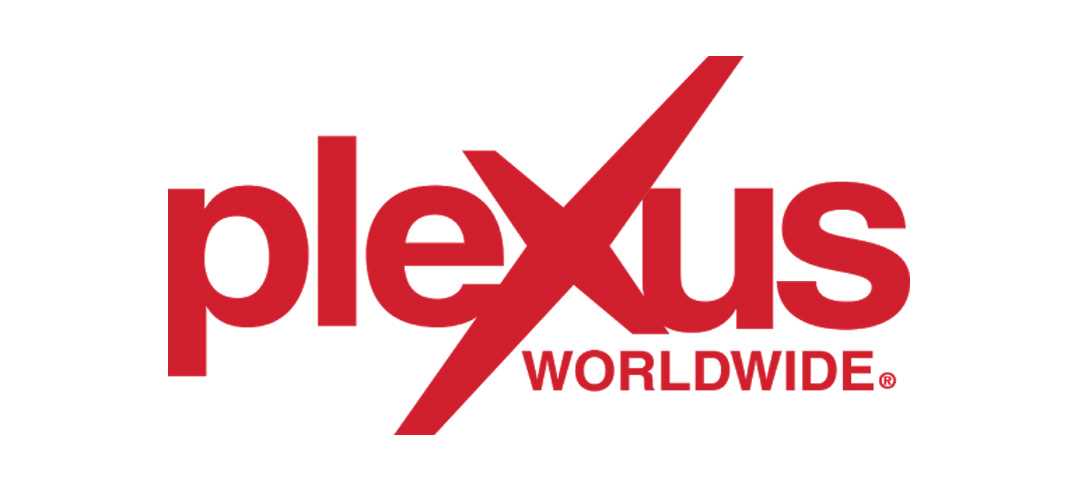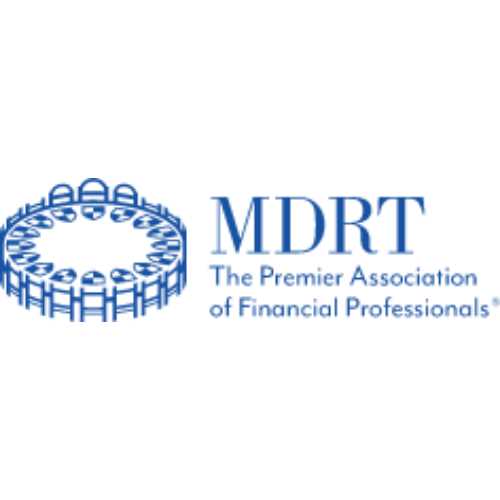
Gary Hamel
- Strategic Innovation Expert
- Author
- The Future of Management
Travels From
California
Gary Hamel Speaker Biography
Gary Hamel is one of the world’s most influential and iconoclastic business thinkers. He has worked with leading companies across the globe and is a dynamic and sought-after management speaker. Hamel has been on the faculty of the London Business School for more than 30 years and is the director of the Management Innovation eXchange (link is external).
Hamel has written 17 articles for the Harvard Business Review and is the most reprinted author in the Review’s history. His landmark books have been translated into more than 25 languages. His most recent bestsellers are The Future of Management and What Matters Now. In these volumes, Hamel presents an impassioned plea for reinventing management and lays out a practical blueprint for building organizations that are “fit for the future.”
Fortune magazine describes Hamel as “the world’s leading expert on business strategy,” and the Financial Times calls him a “management innovator without peer.” Hamel has been ranked by The Wall Street Journal as the world’s most influential business thinker and is a fellow of the Strategic Management Society and of the World Economic Forum.
Hamel’s groundbreaking concepts such as “strategic intent,” “core competence,” “industry revolution,” and “management innovation,” have changed the language and practice of management in organizations around the globe.
Hamel’s work inside of organizations has been equally pioneering. Highlights include:
Building one of the world’s first “idea markets” inside a global energy leader.
- Using crowdsourcing to help a European high tech company build a game-changing strategy.
- Orchestrating a comprehensive effort to turn a venerable durable goods manufacturer into one of the world’s most innovative companies.
- Helping a leading Korean company re-engineer its management practices around the principles of openness, community, and meritocracy.
- Designing and deploying an online platform that allowed the employees of a top fashion house to share and develop ideas for strengthening their company’s core values.
- Developing innovation tools and platforms that have helped companies around the world de-commoditize mature industries and accelerate growth.
- Running an online “hackathon” in which more than 1,700 senior executives collaborated to reinvent the HR function.
In his work, Hamel has led transformational efforts in some of the world’s most notable companies and has helped to create billions of dollars in shareholder value.
Hamel is one of the world’s most sought-after management speakers on the topics of strategy, leadership, innovation, and change.
INNOVATION FROM EVERYONE, EVERY DAY
Every human being has within them a creative spark, yet our organizations harness only a fraction of that latent imagination. While 79% of leaders rank innovation as a top priority, 94% say their organizations aren’t as innovative as they need to be. What gives? If innovation is so important, why do most companies struggle with it? Because few of them have taken a systematic approach to making innovation instinctive for every individual and intrinsic to the organization itself. For innovation to become a genuine core competence, organizations must …
Build creative capital. While most people have creative instincts, it takes practice to learn to think like a gamechanger. You wouldn’t expect someone to hit a golf ball 200 yards down the fairway without a bit of training. So it is with innovation. The quickest way to increase the innovation output of any company is to teach everyone how to upend conventional thinking, intercept emerging trends and invent novel solutions to deep customer needs.
Re-tool the management model. Over the past decade, many companies re-engineered their operating model for speed and efficiency. Few, though, have retooled their management model for innovation. This is now an imperative. Every management system—planning, resource allocation, performance management, compensation and training—must facilitate rather than frustrate innovation. Companies that fail to take a systematic approach to this challenge will soon find themselves preempted by their competitors and abandoned by their customers.
Over the past three decades, Gary Hamel has taught hundreds of thousands of individuals how to imagine and build the future. He has also helped many of the world’s most admired companies design and build innovation-friendly management practices. The result: boldly creative teams and billions of dollars added to the top line.
BUILDING AN EVOLUTIONARY ADVANTAGE
The winds of creative destruction are howling. Change is exponential and unrelenting. In this environment, the most important question for any organization is, “Are we changing as fast as the world around us?” Sadly, for many organizations the answer is no. Today, there are many who expect the old guard to lose. After all, in a hyper-kinetic world, resources count for less than resource-fulness, and companies that fall behind tend to stay behind.
All too often, deep change is the product of crisis—it’s belated, convulsive and typically insufficient. The challenge, then, is to build an organization that can change as fast as change itself, that possesses an “evolutionary advantage.” Such an organization would . . .
- Rush out to meet the future.
- Change before it had to.
- Consistently redefine customer expectations.
- Capture more than its share of new opportunities.
- Avoid unexpected earnings shocks.
- Consistently out-perform competitors.
Building an evolutionary advantage requires more than new practices—it also requires new principles. Most organizations were built on the principles of standardization, formalization, specialization, alignment and discipline. These are fine principles, but now we must embrace new principles: experimentation, openness, meritocracy, freedom and audacity. These cannot be mere buzzwords, but must be embedded deeply in structures, systems and behaviors.
Building an evolutionary advantage may seem like a Herculean task. It’s not. In his pioneering work, Gary Hamel has demonstrated that with courage and tenacity, any company can learn to outrun change.
BUSTING BUREAUCRACY, FOR GOOD
If you want to win in a world of nimble, hungry upstarts, bureaucracy has to die. Young companies are bold, flexible and quick. Big companies, not so much. Research suggests that an excess of bureaucracy—too many layers and too many rules—costs OECD economies $9 trillion each year in lost economic output. Nevertheless, most struggle to imagine an alternative. Bureaucracy seems essential for achieving the control, coordination and consistency that allow large organizations to function. For decades that was true. Now it is not.
A growing number of vanguard companies are proving it is possible to buy the benefits of bureaucracy duty-free. On average, these post-bureaucratic trailblazers enjoy a 30-50% productivity advantage over their peers, and are far more fleet-footed. Svenska Handelsbanken, the world’s most consistently profitable bank, has three management layers. Nucor, the highly innovative steel-maker has no central R&D and a head office of fewer than 100 individuals. Haier, a global leader in the appliance industry, has turned itself into a “platform” of 4,000 highly autonomous “micro-enterprises.” Turns out you can be big and fast, efficient and supple, disciplined and courageous.
For more than a decade, Gary Hamel has been helping progressive-minded organizations “uninstall” bureaucracy. Doing so requires three things…
- Motivation: Organizations get serious about busting bureaucracy when they start to measure its hidden costs. Every organization needs to calculate its BMI—“Bureaucracy Mass Index.”
- Models: It’s hard to begin a journey when you can’t imagine the destination. Luckily, the post-bureaucratic pioneers help point us in the right direction.
- Migration: You don’t build a post-bureaucratic organization with a grand, top-down change program. Instead, you must build migration paths by launching many small, yet radical, experiments designed to test and refine new, “post-bureaucratic” practices. The payoff: an organization that is flat, open and free.























